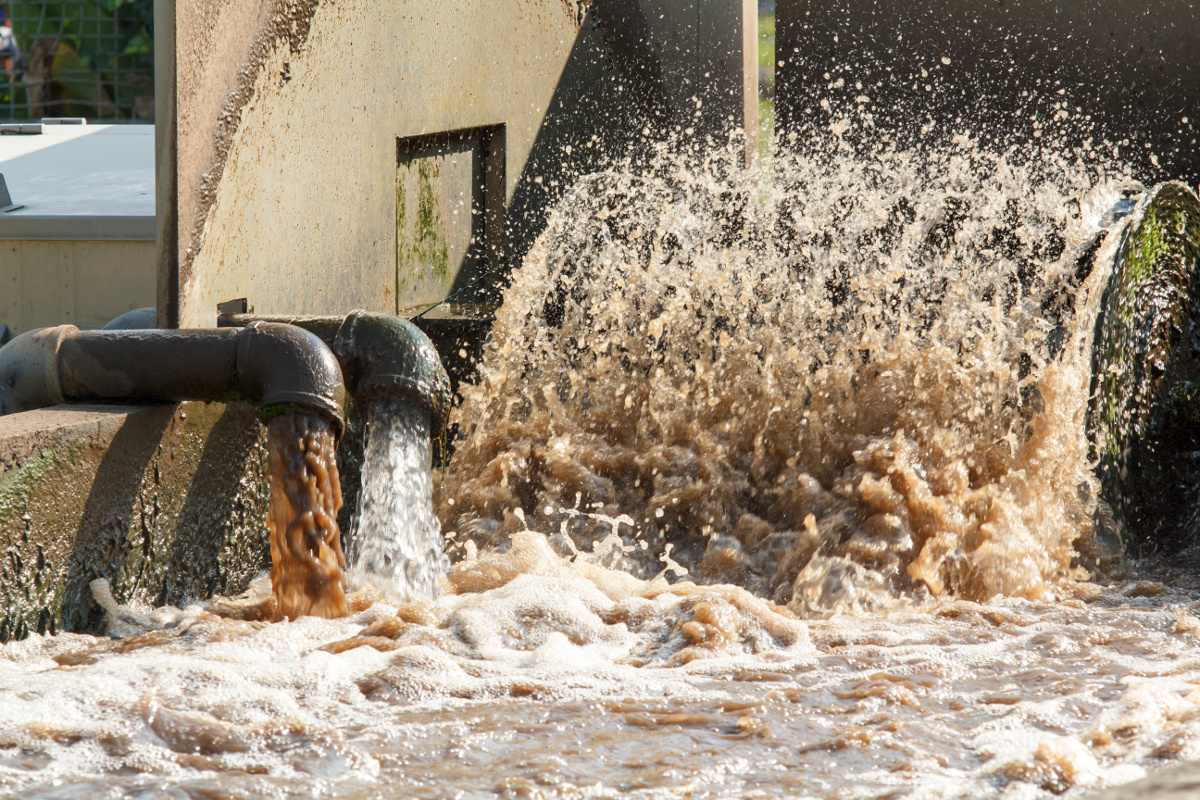Wastewater management
Wastewater management is a very important and expensive activity, necessary to preserve the health and liveability of the urban environment.
In 1991, the European Union (then still the European Economic Community) first adopted a Directive addressing rules on the collection and treatment of urban wastewater, which led to a significant improvement of water quality across the Continent.
A recast Urban Wastewater Treatment Directive (UWWTD) 2024/3019/EU entered into force on January 1st, 2025, with the goal to further advance wastewater treatment standards, while addressing emerging needs such as the control of chemical pollutants, including pharmaceuticals and cosmetics, present in wastewater; the energy neutrality of the wastewater sector; and the management of stormwater along with sewage in urban areas. The new UWWTD offers opportunities to foster water resilience in Europe. These include:
- Promoting the greening of cities as a way to reduce stormwater overflows polluting our rivers, lakes and coasts. By requiring cities to adopt “integrated urban water management plans”, the UWWTD stimulates implementing measures for the retention of rainwater in the landscape, rather than discharging it quickly through the drainage system. This helps make cities greener, mitigate heat waves, save energy for cooling, moderate urban floods, and support biodiversity in an environment more pleasant for humans
- Requiring that the renewable energy produced at or around wastewater treatment plants compensates the energy needs of the plants. This is expected to make wastewater treatment more economically sustainable and affordable for the citizens, while reducing the dependence of our economy on imported fossil fuels
- Stimulating water reuse. On the one side, the required advanced treatment for micropollutants is expected to improve the safety and acceptability of the effluents for reuse in agricultural irrigation. On the other, wastewater operators may reduce the costs of the removal of nutrients, provided that the effluents are used appropriately to contribute to the fertilization of crops

Further readings
Evaluation Study of the old Urban Wastewater Treatment Directive:
Study on the effect of advanced wastewater treatment in reducing the toxicity of effluents in Europe:
Study on the costs and implications of advanced wastewater treatment:
Study on greenhouse gas emissions from the European Union's wastewater sector:
Study on the management of wastewater from small agglomerations in Europe:
Study on the cost-effectiveness of nutrient removal strategies in the European Union's wastewater sector:
Study on the sources of mercury in European waters, and the role of urban water management:
Study on microplastics in European waters, and the role of urban water management:
Study on the costs and benefits of urban greening:
Study on the options to manage stormwater overflows:
Study on urban runoff pollution:
Study on energy use in the European Union's wastewater sector:


